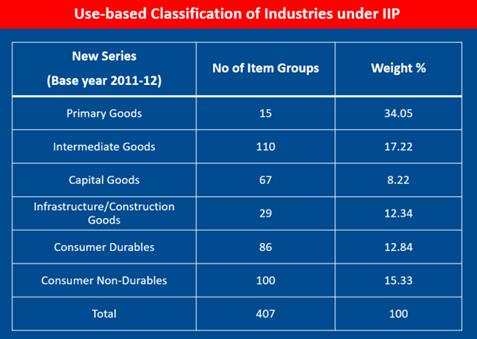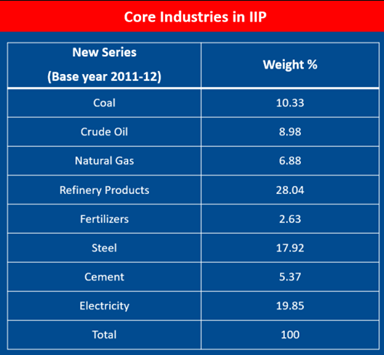Free Courses Sale ends Soon, Get It Now


Free Courses Sale ends Soon, Get It Now



Disclaimer: Copyright infringement not intended.
Context
Findings
Index of Industrial Production
.jpg)
Who releases Index of Industrial Production or IIP data?
IIP base year/ Reference Period
Where is IIP data sourced from?
Who uses IIP data?
Calculation of IIP:
IIP is a composite indicator that measures the growth rate of industry groups classified under,

Core Industries in IIP

The Eight Core Industries in decreasing order of their Weightage:
Refinery Products> Electricity> Steel> Coal> Crude Oil> Natural Gas> Cement> Fertilizers
© 2024 iasgyan. All right reserved